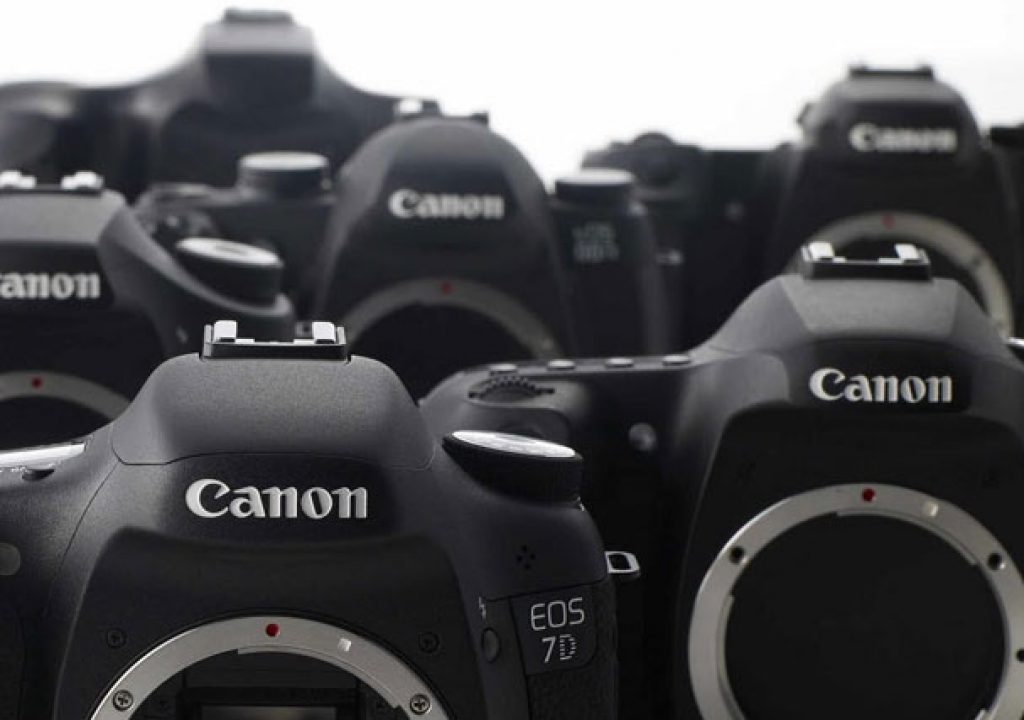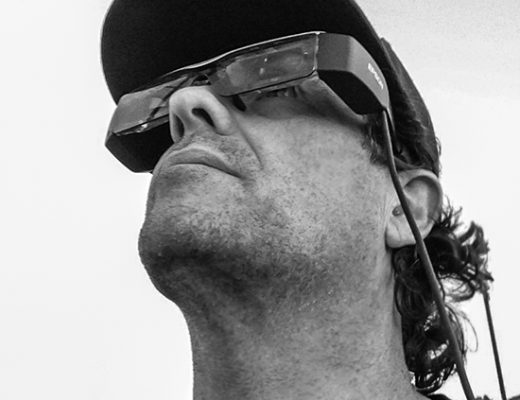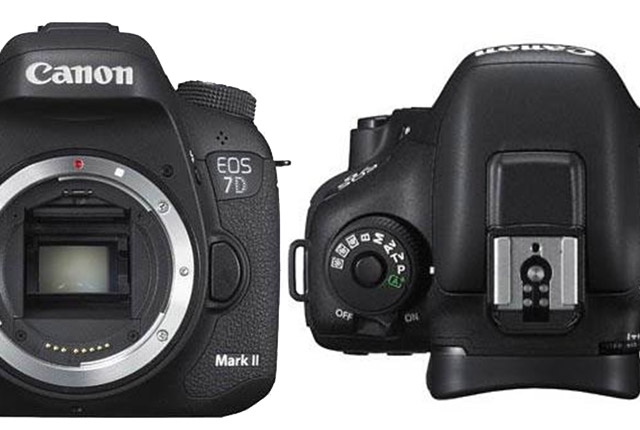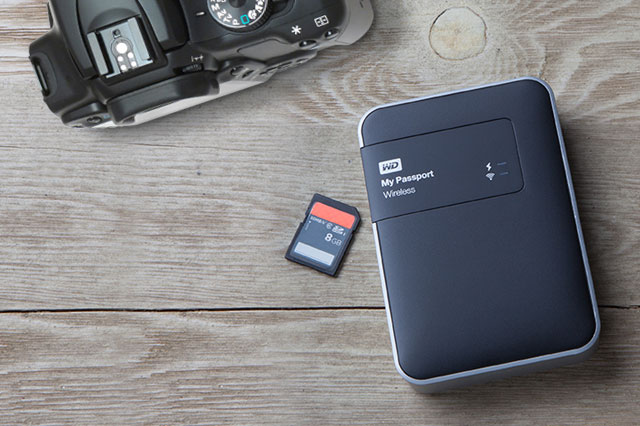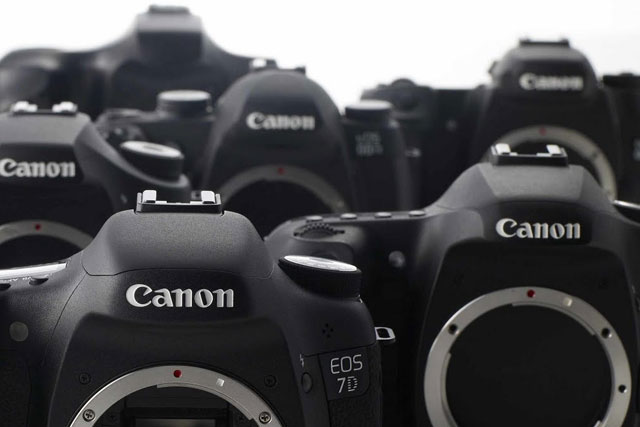 With Photokina at the door, Canon, as other names in the industry, has some new products to show: one of them is the DSLR that will occupy the position of the EOS 7D. Rumors from those keeping a watchful eye over the subject have suggested the most diverse things about the new camera: nothing is sure, though.
With Photokina at the door, Canon, as other names in the industry, has some new products to show: one of them is the DSLR that will occupy the position of the EOS 7D. Rumors from those keeping a watchful eye over the subject have suggested the most diverse things about the new camera: nothing is sure, though.
It's the nature of rumors that they're only rumors. But rumors became a way to keep audiences going back to websites, and that may be good for business, so the rumors have to be renewed regularly. In the case of the new Canon camera, there is a battle raging on between two websites, Canon Rumors and Canon Watch, and people are torn between the info – or rumors -presented by each of them.
According to both sites the new camera will have a 20 or 24MP sensor. It depends on the day! Also, some days it will have Wifi and GPS, the others it will not. Again, on Tuesdays it has “the auto-focus system of the EOS 5D Mark III will be on board”, but on Wednesdays it changes to something more simple. For Saturdays it has “iTR (metering sensor-assisted servo tracking) just like the EOS-1D X” and the next day something else. And on Sundays it will have Dual Pixel CMOS AF… just like the EOS 70D, it seems. But on Monday its Dual Pixel CMOS AF offers “a new level of performance above the EOS 70D”.
With so many contradictory statements… err, rumors, someone suggested that Canon has probably two cameras to fill the space left vacant by the EOS 7D. In fact, they probably should, let me say. Because, if we look back at the EOS 7D, it is evident that Canon really needs a substitute that gets the same level of attention the EOS 7D did. It should be remembered that besides being a photographic tool that excited the market, the EOS 7D was a videographers dream, with a price of US$1699 when it was launched in September 2009.
Over $1000 cheaper than the EOS 5D Mark II, the EOS 7D rapidly became a tool for videographers, acquiring immense significance in the independent filmmaking world as an affordable alternative to digital cinema cameras. The EOS 7D has been used in dozens of film productions and also in television, easily overcoming the initial fears many had about its ability to survive such experiences.
In fact, the EOS 7D was, at launch, a better camera than the EOS 5D Mark II, launched in 2008, pioneer with the technology used for Full HD Movies. The EOS 7D was thought as a film camera from the start, so the access to movie mode was simplified, with the addition of a dedicated switch. Also, although the EOS 5D Mark II updated firmware included settings for full manual exposure control in movie mode, the EOS 7D had this built-in from the start. Moreover, when selecting shutter speeds in EOS Movie mode, the slowest shutter speed is linked to the frame rate.
One could say that although the EOS 5D Mark II started the revolution, the EOS 7D really showed the direction Canon wanted to take. The camera features a wide choice of user selectable recording resolutions and frame rates (remember it was launched in 2009). It is possible to record Full HD 1920×1080 resolution at 30fps (29.97), 25fps or 24fps (23.97) and the lower HD resolution of 1280×720 and the standard definition of 640×480 can be recorded at 60fps (59.94) or 50fps.
When shooting at 24, 25 or 30fps, the slowest shutter speed available is 1/30sec, while when shooting at 50 or 60fps, the slowest shutter speed available is 1/60sec. The highest speed usable at all resolutions is 1/4000sec. ISO goes up to 6400. The camera can also be used in automatic exposure during movie mode, allowing to compensate exposure as normal for the photographic mode.
The EOS 7D offered mono sound recording in camera, along with the option to use an external microphone, but Canon somehow forgot to include a way to adjust the volume. Surprisingly, though, in August 2012 Canon introduced a firmware updated, v2.0, that gave the camera a handful of enhancements, an unexpected update that made many suggest the EOS 7D had become a Mark II. Along with all the enhancements for photography and operation, Canon introduced manual audio level adjustment in movie recording, showing that modern electronics allow for updates and upgrades without the need to change the hardware. That firmware upgrade turned what was already an old camera into a camera able to stay exciting for a couple of years more: there is still people buying the EOS 7D these days, although the camera has been officially discontinued recently. We're close to the 1st of September, and if I am right, Canon will present their new camera on the same day it did for the EOS 7D.
Now, the EOS 7D has a 18 megapixels sensor, so I expect Canon to go over the 20MB mark, maybe not as far as 24MB, but around 22MB. Why? Because Canon seems the be playing a conservative approach regarding the “more pixels” battle. If you doubt, look at the at the 22.3MP sensor of the EOS 5D Mark III and the 18.1MP on the EOS-1D X. If professionals can live with them, why couldn't the rest of us?
I must say I am curious to see what Canon will reveal, because I am waiting for the new camera to see if it is time to change. I know it is, in pure technical terms, because my camera of choice continues to be a EOS 50D – with a EOS 600D for video, for reasons I've already explained – which is not, when it comes to noise at high ISO, the best you can have. Still, I manage quite well, as a whole day photographing, today, showed me. And another day of photography and video will start in some six hours, after I post this article. That makes me wonder how people that keep reading and discussing all the rumors, online, find time to go out and photograph…
As a footnote, let me state that I expect some surprises in terms of video, as I believe Canon will want their new camera to have a long life as the EOS 7D – if you check the EOS family timeline you'll find the EOS 7D lived longer than the other models, a good sign for buyers. I am not sure it will have 4K, which seems something that everybody and their mother wants now, but I hope it will add to the promise and excitement the EOS 7D created when launched. If Canon keeps to tradition, on the 1st of Spetember all will be revealed. Then we will see if the actual rumors are true!
One last and important note: take the title with a grain of salt. Canon will have one camera to substitute the EOS 7D. Let's hope they do it right!

Filmtools
Filmmakers go-to destination for pre-production, production & post production equipment!
Shop Now